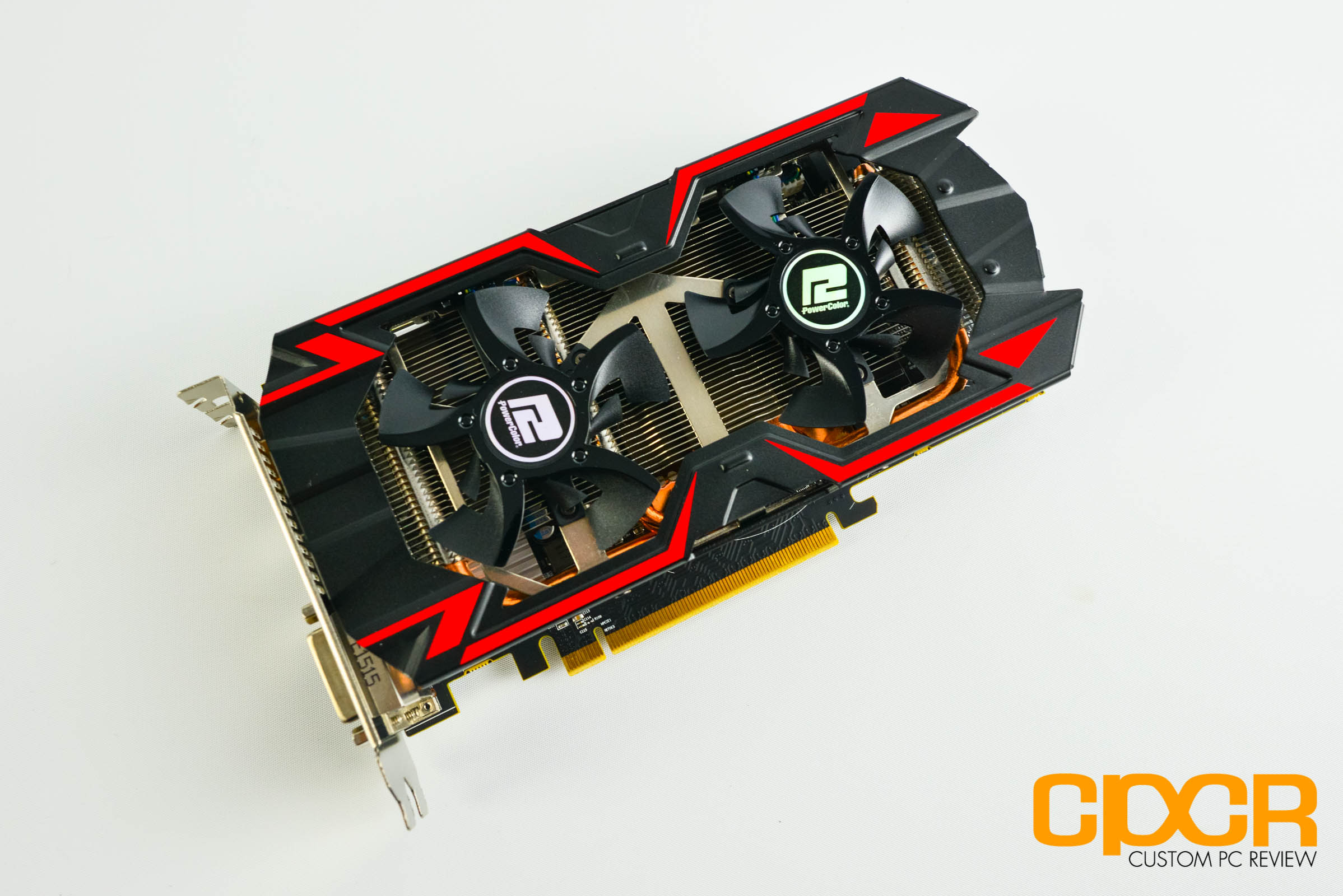
Parity checking was performed with GPU-Z. VRAM utilization was measured using in-game tools and then validated with MSI's Afterburner and AIDA64, a custom version of the Riva Tuner software. Game settings were manually controlled for the DUT.
#Amd radeon r9 380 series#
AMD Catalyst 15.15 was used for the 300 series cards, with 15.5 used for 200 series cards due to incompatibility.
#Amd radeon r9 380 drivers#
The latest GeForce 353.06 drivers were used during testing. Thanks to Jon Peddie Research for GTX 970 & R9 280X support. Our thanks to supporting hardware vendors for supplying some of the test components. We tested using our updated 2015 GPU test bench, detailed in the table below. We'd encourage greater caution when pushing upper limits for consumer devices. In our case, we're generally working with review hardware, so it's our job to try and find a breaking point.

Overclocking increases thermals and threatens stability, and should only be performed to levels with which the user feels comfortable.

Whenever overclocks, overvoltage attempts, and over-power attempts are applied to a GPU, there is an inherent risk of destroying the silicon. Sapphire's loaned R9 380 is limited to ~1700-1800MHz on the memory clock (theoretical max) with a +20% power target limit.įor clarity, increasing the power by X% over 100% means that we're increasing the power over reference. The Sapphire R9 390 we used is limited to 2000MHz on the memory clock (theoretical max) and +50% on the power target. Memory overclocking is done on the slider that rests beneath the green-red OC gradient. Power is, like on Maxwell, split between voltage and the clock. Too little power, and the GPU will ignore your overclock frequency, instead pushing it as high as is sustainable with the power available. Attempting to OC just the core clocks and memory clocks without change to the power allotment, for instance, will result in a stifled OC that is throttled by power availability. This directly impacts the amount of power the GPU will drink through its PSU connectors, and directly impacts the resulting clockrates and stability of the overclock. Through usage of AMD's targeting reticle, we're able to manipulate the power percentage over (or under) reference as supplied to the GPU. AMD's Catalyst drivers have a built-in overclocking utility that allows for increases to power in percentages, similar to the Maxwell overclocking we've already discussed.
#Amd radeon r9 380 full#
AMD R9 300 Series OverclockingĪlthough AMD overclocking can be forced down through MSI Afterburner, the software doesn't have full access to all the tuning settings. The only direct competition to the R9 380 is the GTX 960 4GB ($239), and the R9 390 faces competition from the GTX 970 ($350). The Fury devices, which will ship with the new Fiji architecture, are presently priced out of the range of these 300 devices, making them non-competitors to AMD's own lower-end products. Owners of the 200 series have little business upgrading, though new buyers may be in the running for a 300 series device.

Astute readers will also notice that the pixel and texel rates have increased on the R9 300 series cards – this is a function of the 50MHz clock increment, as texel rate is calculated as a product of the clockrate and TMUs.īeyond the memory and clock jumps, there are no changes of note for buyers. Core counts, TMUs, ROPs, even the GPU itself are all the same – it's the memory capacity and clockrate that have changed, with some “tuning” to the power management engine. AMD Radeon R9 390 & R9 380 SpecsĪs discussed in the review, the R9 390 and R9 380 are effectively identical to their preceding components (the R9 290 and R9 285, respectively). Results will be different for other hardware. This overclocking guide and benchmark for the R9 390 & R9 380 looks at the maximum clockrate achievable through tweaking.Īll these tests were performed with Sapphire's “Nitro” series of AMD 300 cards, specifically using the Sapphire Nitro R9 390 Tri-X and Sapphire Nitro R9 380 Dual-X cards.

The end result is that the GPU is nearly maxed-out as it is, but there's still a small amount of room for overclocking play. The architectural refresh added about 50MHz to the operating frequency of each card, with some power changes and memory clock changes tacked-on. The R9 390 and R9 380 are already pushed pretty close to their limits. Overclocking the AMD 300 series graphics cards is a slightly different experience from nVidia overclocking, but remains methodologically the same in approach: We tune the clockrate, power, and memory speeds, then test for stability. Following our initial review of AMD's new R9 390 ($330) and R9 380 ($220) video cards, we took the final opportunity prior to loaner returns to overclock the devices.


 0 kommentar(er)
0 kommentar(er)
